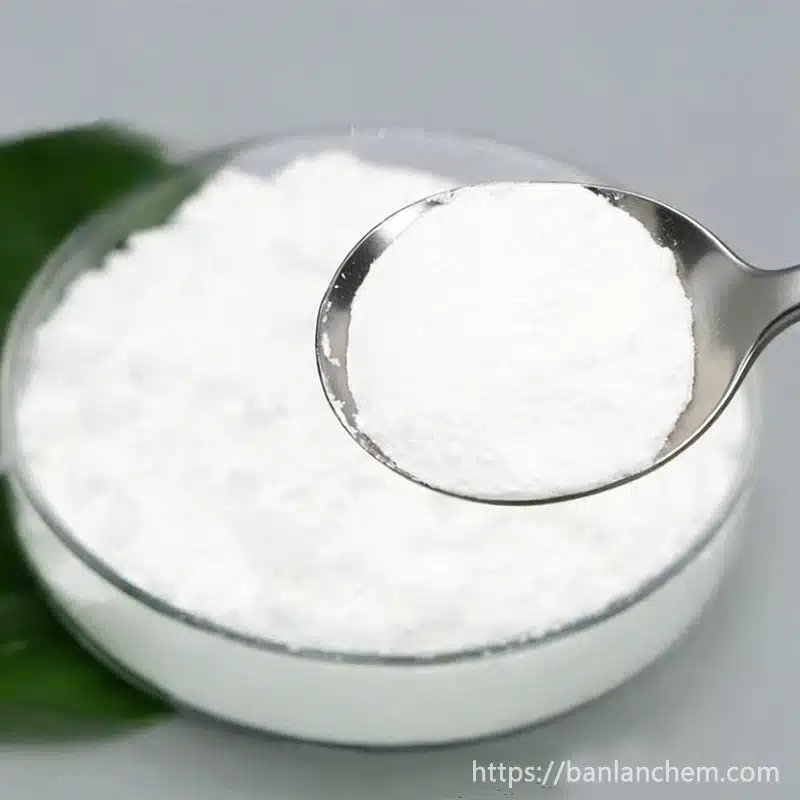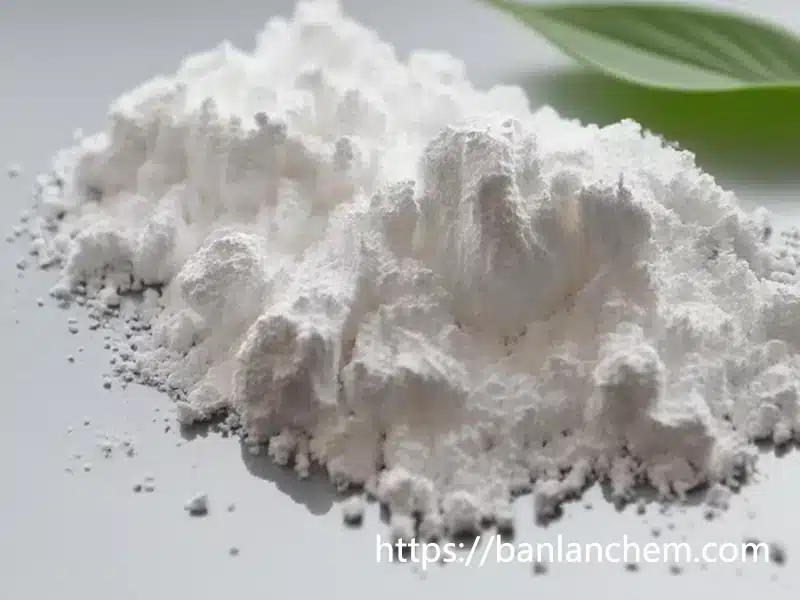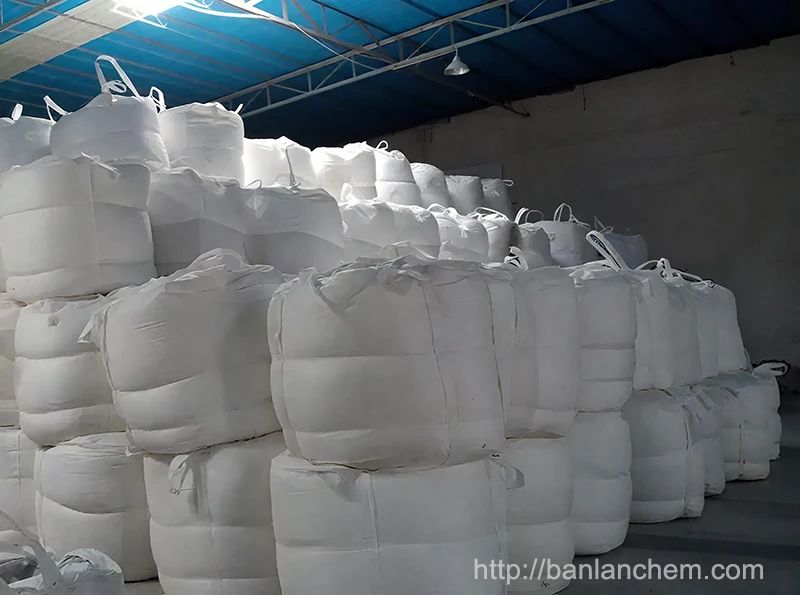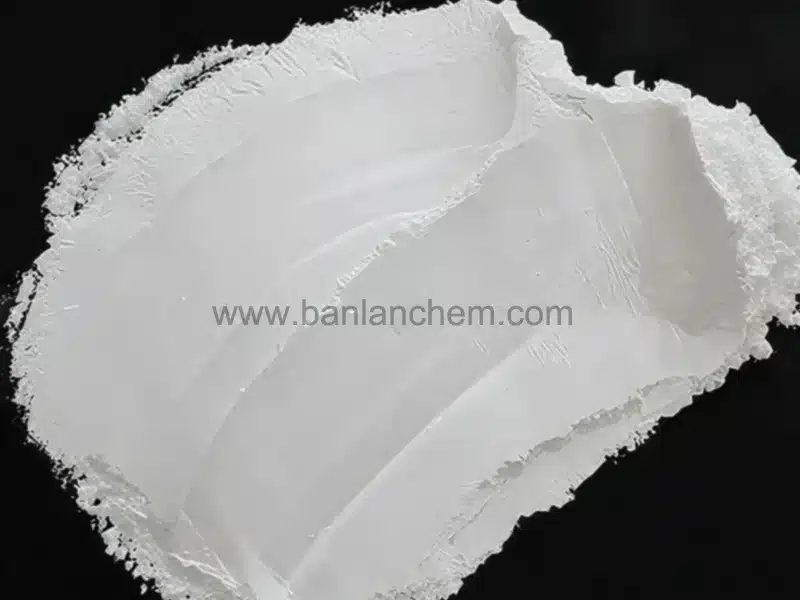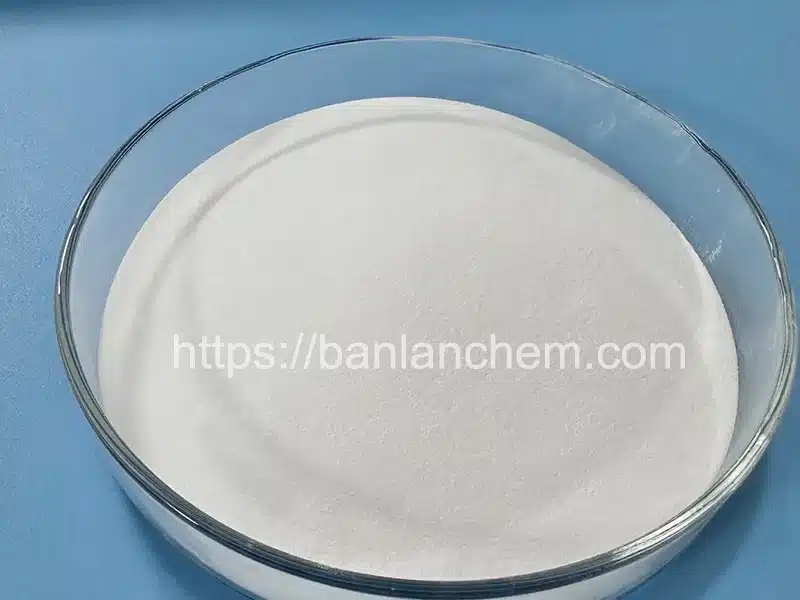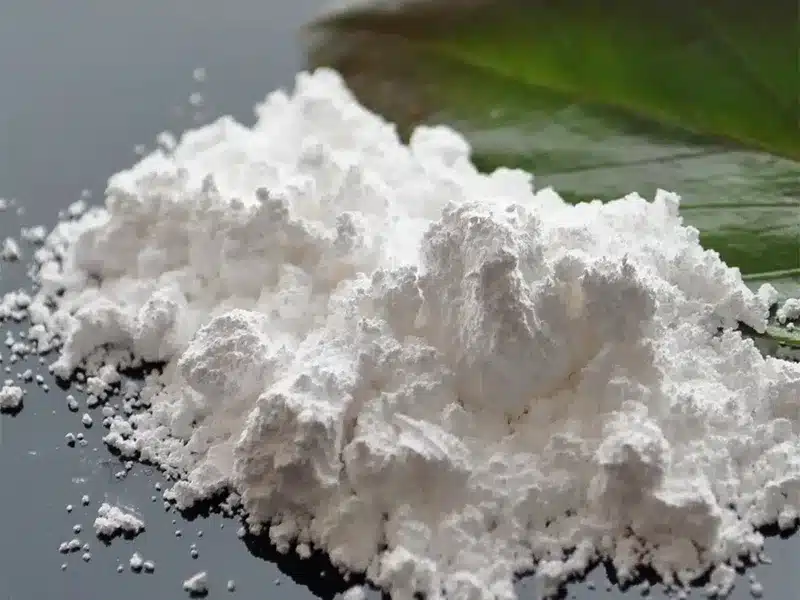Dried Aluminum Hydroxide and Wet Aluminum Hydroxide: Uses,Key Differences and Applications
Date: July-26-2025 Categories: News、Aluminium Hydroxide Views: 181
Aluminum hydroxide exists in both dried and wet forms, each serving distinct purposes in industrial applications. Understanding the differences between dried aluminum hydroxide and wet aluminum hydroxide is crucial for selecting the right material in industries such as flame retardants, ceramics, water treatment, and chemical processing.
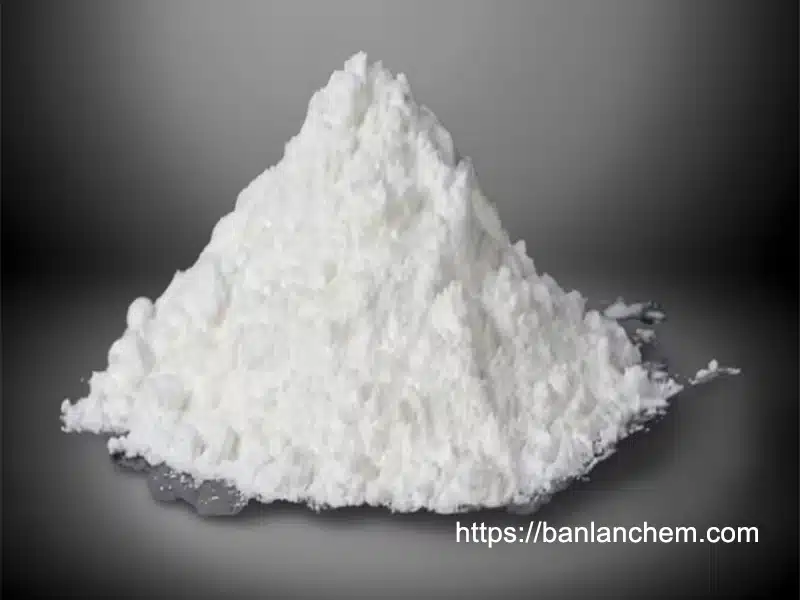
Differences Between Dried Aluminum Hydroxide and Wet Aluminum Hydroxide:Appearance and Physical Form
Dried aluminum hydroxide appears as a dry, white, free-flowing powder. It contains little to no moisture and is easy to handle in powder processing systems.
- It is often preferred where precise dosing, mixing, and storage stability are required.
- Due to its low moisture content, it can become airborne easily, requiring dust control measures.
- The dry powder is typically packed in moisture-proof bags to prevent caking.
Wet aluminum hydroxide, by contrast, contains 4% to 10% moisture and is often paste-like or semi-wet powder.
- It is heavier and more compact, reducing dust generation.
- The moist form may require additional drying if used in processes needing low water content.
- It’s suitable for chemical reactions where water facilitates solubility or dispersion.
Want to understand the base structure of ATH before comparing forms? Check out What is Alumina Trihydrate (ATH)?
Moisture Content and Flowability
The most obvious distinction between wet and dried aluminum hydroxide lies in their water content.
- Dried aluminum hydroxide powder typically has less than 0.05% water, which enhances its flowability and shelf life.
- The angle of repose for dried powder is lower (e.g., ~32°), indicating easier flow in hoppers and conveyors.
- Oil absorption is also lower in dried form (19–35 ml/100g), making it easier to disperse in resin systems.
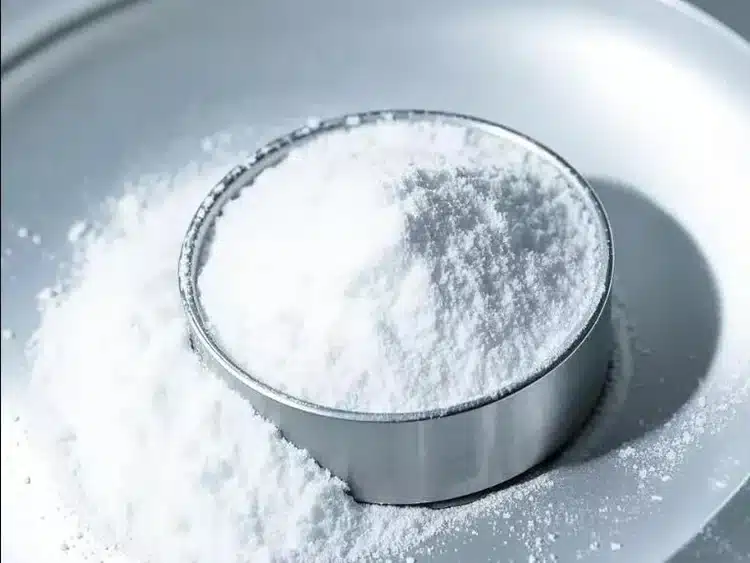
Wet aluminum hydroxide has a higher angle of repose (often >40°), meaning it flows poorly in dry handling systems.
- High moisture may affect dosing consistency and process control.
- However, the moist texture reduces airborne dust, making it safer for manual handling in some factories.
- Some grades have higher oil absorption (up to 43 ml/100g), which may affect final product formulation.
Differences Between Dried Aluminum Hydroxide and Wet Aluminum Hydroxide:Reactivity and Stability
Wet aluminum hydroxide is more reactive due to its higher water content and active surface area.
- It’s ideal for reactions involving acids or bases in liquid media.
- The material dissolves or disperses more readily in aqueous systems.
- Commonly used in the production of aluminum salts like aluminum sulfate and sodium aluminate.
Dried aluminum hydroxide is relatively less reactive but offers better long-term stability.
- It resists moisture uptake when stored properly.
- Suitable for thermosetting resins, catalysts, and ceramic applications that require precise formulation.
- Surface treatments can be applied to dried forms to enhance their chemical reactivity.
Industrial Applications
Aluminum hydroxide uses vary based on form and purity. Each type has specific applications:

Dried Aluminum Hydroxide:
- Used in flame retardant fillers for plastics, rubbers, and cables.
- Applied in advanced ceramics and glass manufacturing.
- Functions as a catalyst carrier in refining and petrochemicals.
- Preferred in pharmaceutical and polishing-grade applications where low moisture is critical.
Wet Aluminum Hydroxide:
- Acts as a precursor in producing compounds like PAC (polyaluminum chloride), aluminum fluoride, and zeolites.
- Useful in wastewater treatment plants for aluminum salt preparation.
- Can be spray-dried into powder for later use in dry applications.
Production and Processing Differences
Dried aluminum hydroxide is typically produced by drying wet aluminum hydroxide through spray drying, oven drying, or rotary kilns.
- The drying process defines particle size, surface area, and moisture level.
- Manufacturers may optimize drying to meet specific technical grades.
Wet aluminum hydroxide is obtained from the Bayer process or similar methods during alumina refining.
- After precipitation and filtration, it retains its water content.
- It can be tailored to different crystal forms like gibbsite or boehmite, depending on temperature and pH during processing.
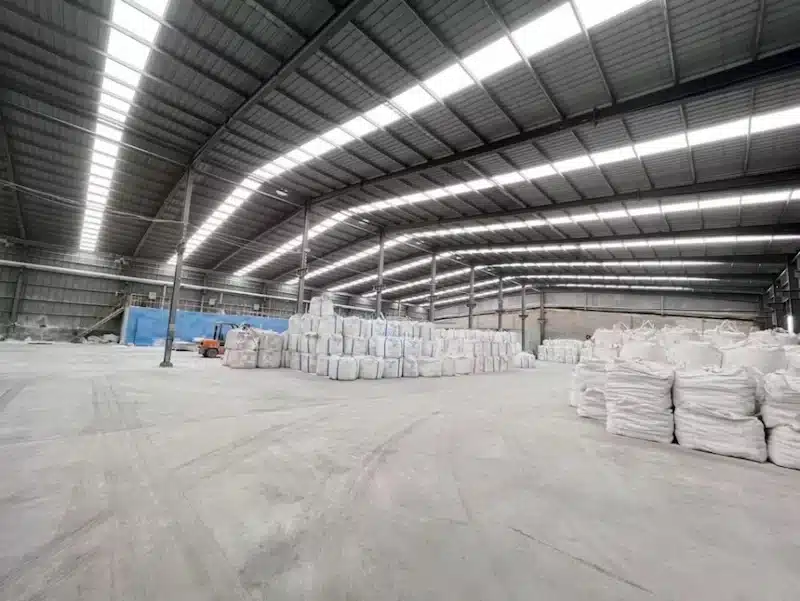
Storage, Handling, and Transport
- Dried aluminum hydroxide requires moisture-proof packaging and dust control measures.
- It has a longer shelf life and can be transported more easily in bulk powder containers.
- Ideal for export and industries with centralized material processing.
- Wet aluminum hydroxide should be stored in well-ventilated, cool areas to prevent bacterial growth or caking.
- May require special containers or lining to avoid contamination.
- Used locally or quickly processed to avoid degradation.
Conclusion: Choosing the Right Form
The choice between wet aluminum hydroxide and dried aluminum hydroxide powder depends on specific application needs, including moisture sensitivity, processing equipment, and chemical reactivity.
- Use dried aluminum hydroxide when your process demands dry, free-flowing, and stable materials.
- Choose wet aluminum hydroxide if you’re producing chemical derivatives or working in a slurry-based environment.
By understanding these differences, buyers and engineers can make informed decisions that improve production efficiency and product quality.


